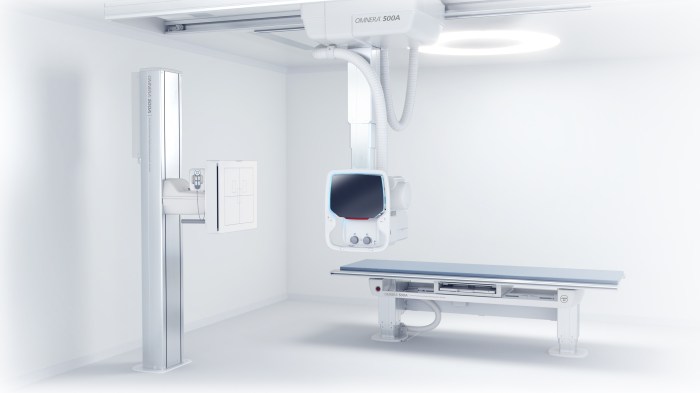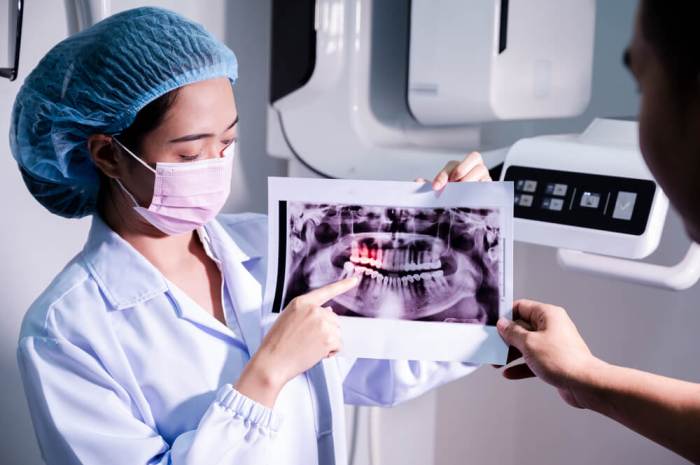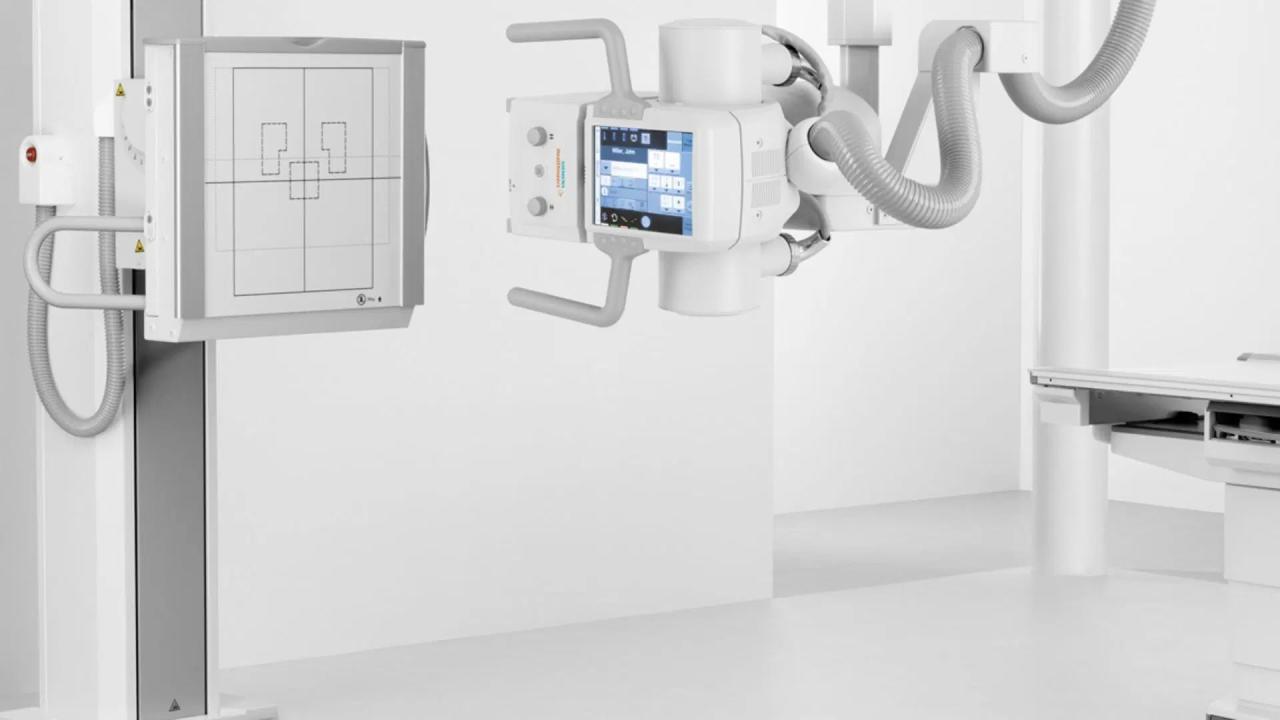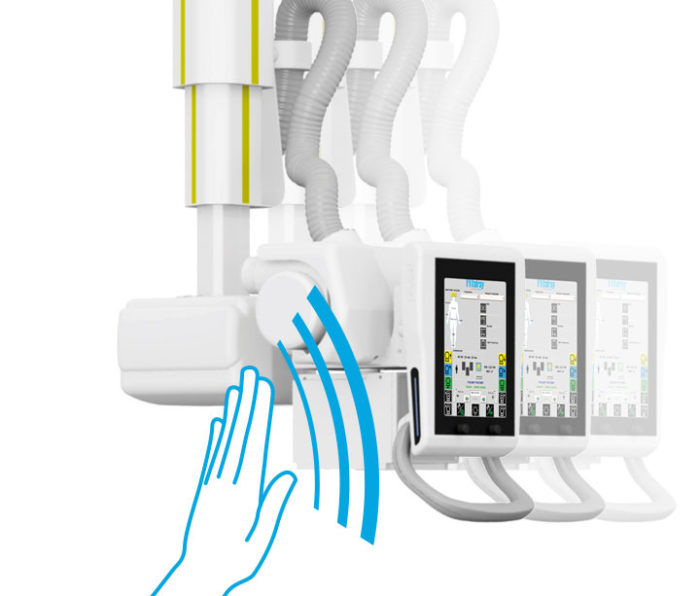Positioning instruments in digital radiography – In the realm of digital radiography, positioning instruments play a pivotal role in ensuring accurate and reproducible patient positioning. These specialized tools not only enhance image quality but also promote patient safety and workflow efficiency.
By minimizing motion artifacts and ensuring proper patient alignment, positioning instruments significantly improve image quality. They also reduce the need for retakes, thereby enhancing workflow and saving valuable time.
Positioning Instruments in Digital Radiography

Positioning instruments play a crucial role in ensuring accurate and reproducible patient positioning during digital radiography examinations. These instruments assist in aligning the patient’s anatomy to the X-ray beam, reducing motion artifacts and improving image quality.
The use of positioning instruments enhances patient safety by minimizing radiation exposure and reducing the risk of misdiagnosis. Additionally, it increases efficiency by reducing the need for retakes and improving workflow.
Types of Positioning Instruments
- Radiographic Grids:Reduce scatter radiation, improving image contrast and reducing image noise.
- Patient Immobilization Devices:Secure the patient in place, minimizing motion artifacts and ensuring consistent positioning.
- Positioning Aids:Assist in aligning the patient’s body part to the X-ray beam, ensuring optimal image acquisition.
Proper Use of Positioning Instruments
Using positioning instruments correctly is essential for accurate and consistent patient positioning. Proper use involves the following steps:
- Patient Communication: Explain the procedure to the patient and ensure their understanding.
- Patient Preparation: Remove any clothing or jewelry that may interfere with the examination.
- Instrument Selection: Choose the appropriate positioning instrument based on the patient’s anatomy and the examination being performed.
- Patient Positioning: Assist the patient in assuming the correct position and use the positioning instrument to align the body part to the X-ray beam.
- Image Acquisition: Once the patient is positioned correctly, acquire the X-ray image.
Advanced Positioning Techniques, Positioning instruments in digital radiography
Advanced positioning techniques, such as isocentric positioning, offer improved image quality and reduced radiation exposure. Isocentric positioning involves rotating the patient around a fixed X-ray source, minimizing the magnification and distortion of the image.
Advanced positioning techniques require specialized equipment and training. However, they provide significant benefits in terms of image quality, patient safety, and workflow efficiency.
Essential Questionnaire
What are the different types of positioning instruments used in digital radiography?
Positioning instruments in digital radiography include radiographic grids, patient immobilization devices, and positioning aids.
How do positioning instruments improve patient safety?
Positioning instruments minimize radiation exposure and reduce the risk of misdiagnosis by ensuring accurate patient positioning.
What are the benefits of using positioning instruments in digital radiography?
Positioning instruments improve image quality, enhance patient safety, and increase efficiency by reducing the need for retakes.


